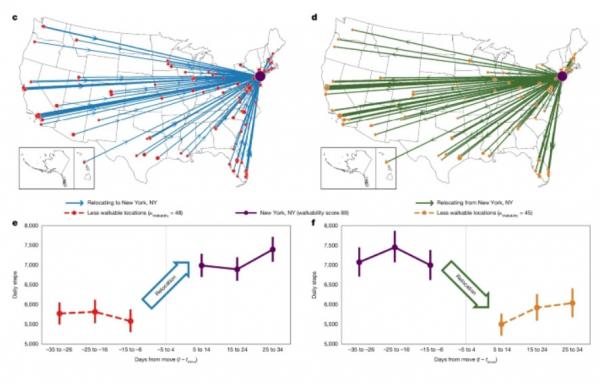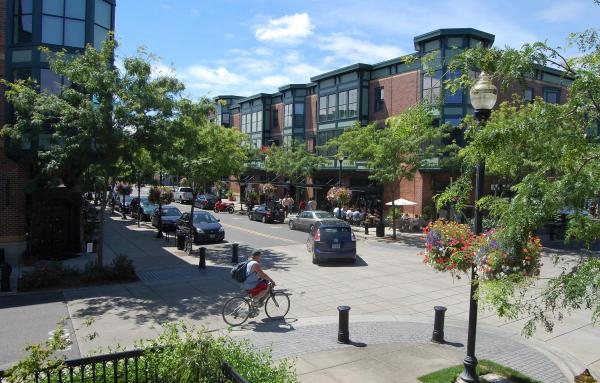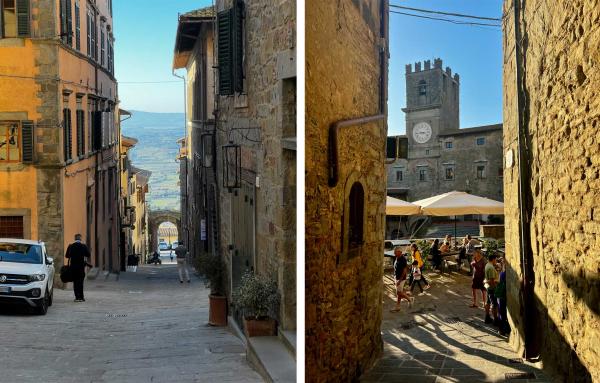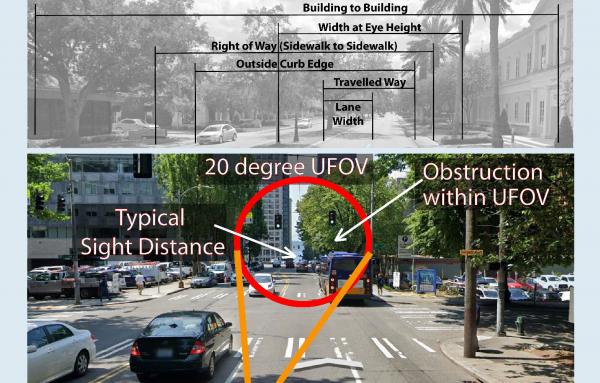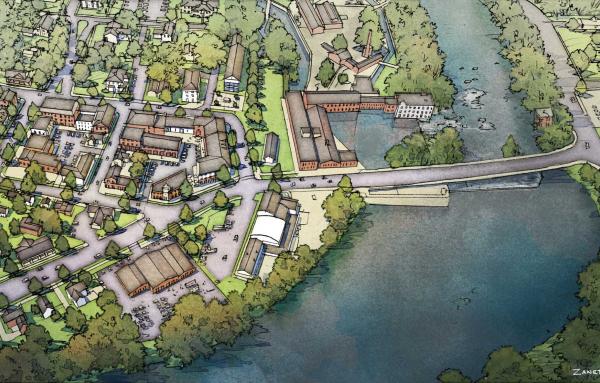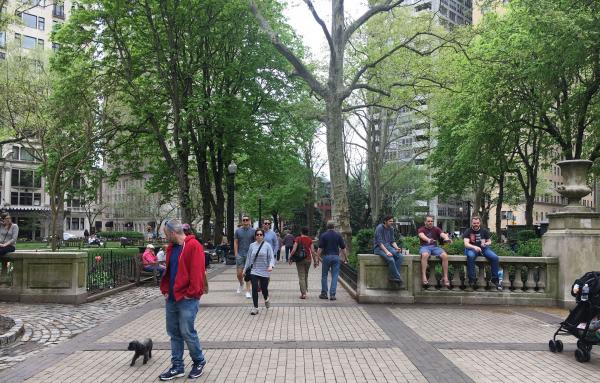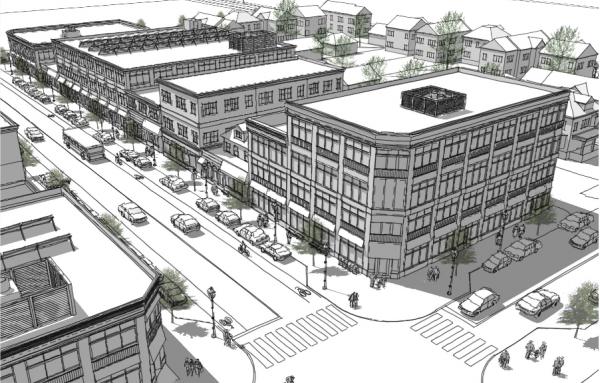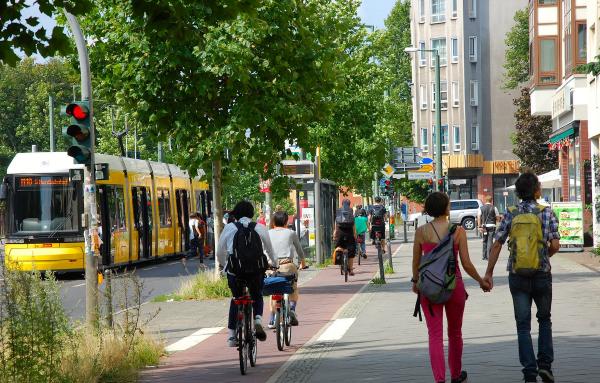Research
Nationwide cell phone data analysis reveals that walkable places cause diverse people to walk more. The authors of a study published in Nature believe that the built environment could yield widespread health benefits.
A survey research project at the University of Notre Dame has painted a remarkably clear picture of the many benefits, but also highlighted the need for smoother implementation pathways.
The IMCL Conference in Cortona, Italy, enabled urbanists from around the world to share effective tools and strategies, backed up by research findings, for the creation and preservation of livable cities.
The latest Foot Traffic Ahead report benchmarks walkable urbanism across the US, demonstrates pent-up demand for walkability and its outsized economic impact, and ranks metro areas according to this characteristic.
New research shows that psychology is important in street design, and drivers proceed with more caution in tight, changing, walkable places where facial expressions of pedestrians are visible.
New report aligns with other recent research that form-based codes have not translated to gentrification.
This is second in a series of articles on the advantages of building human-scale cities and towns.
Miami has the greatest potential for meeting 15-minute city goals, followed by San Francisco and Pittsburgh, according the first ranking of 15-minute city characteristics among large US cities.
Hop on the bus, Gus. Make an urban plan, Sam. Read the report, sport, on 50 reasons to love urban places.
Form-based codes have significant benefits, the question is whether these benefits are distributed equally.
A new book covers an emerging field that provides data on human responses to places, leading to new theories on community design.
Living in a walkable community correlates to a significantly stronger reported quality of life—and that metric rose during the COVID 19 pandemic, according to a biennial poll on housing and transportation by the National Association of Realtors (NAR...
